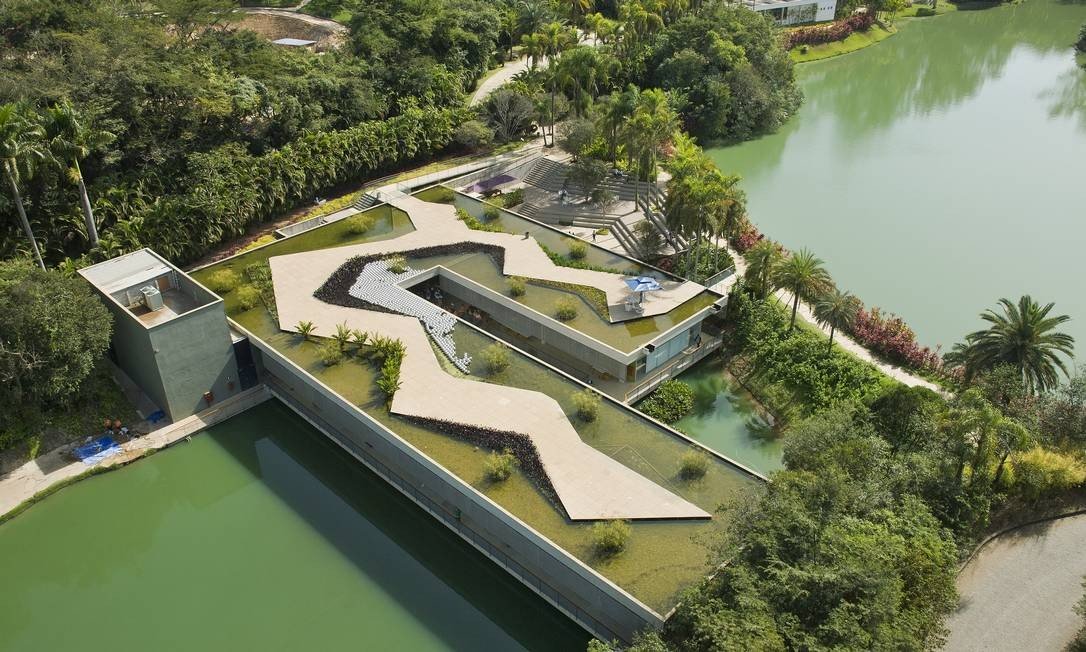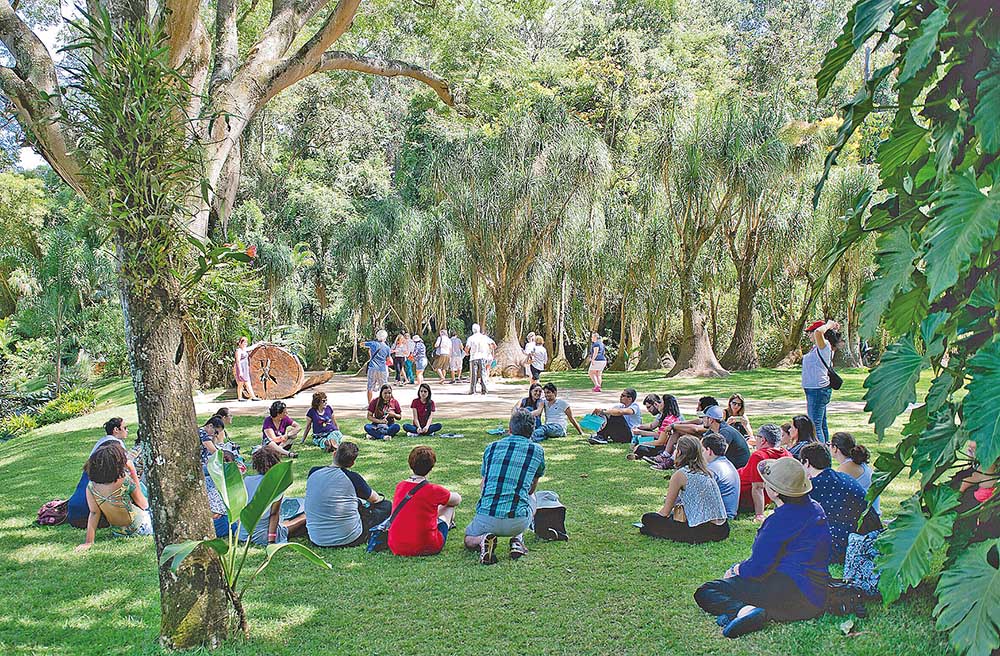RIO DE JANEIRO, BRAZIL – The collapse of Vale’s Mina Córrego do Feijo dam, — six months ago — is still having an impact on tourism in the mining city of Brumadinho, some fifty kilometers from the state capital, Belo Horizonte.

At Inhotim Institute, the largest outdoor cultural venue in Latin America, located in Brumadinho, the number of visitors this year has already dropped significantly. Between 2014 and 2018, the average number of visitors in January was 35,188. This year, the figure stood at 33,480. In February, the decline was from 15,472 to 6,739. In May, the average number of visitors fell from 21,212 to 12,916.
The occupation in the city’s hotel network was also impacted. According to the Brumadinho Tourism Association, the average occupancy in hotels and inns has slumped by more than fifty percent since January but is already showing signs of recovery.
Inhotim
Despite being located in the municipality of Minas Gerais where the incident occurred, the Inhotim Institute’s facilities were not affected, and it was not in the path of the sludge flow.

The institute’s executive director, Renata Bittencourt, hopes the number of visitors in July will be better on account of the school holidays. “This is significant not only due to our declining revenue but also due to the whole tourism network in the city that sprang from Inhotim. This whole network is losing money. The restaurants, the hotels, and the inns. So, the perspective of having a regular ongoing activity here in Inhotim is good for the institution, but it is also a means of continuing to anchor an entire economic leisure segment in Brumadinho,” she emphasized.
The drop in the number of visitors was not the only impact Inhotim suffered from the dam’s collapse. Renata Bittencourt recalled that the museum employs around 600 people, including direct and indirect labor. Some of them are still suffering from the loss of relatives and friends in the tragedy.
“That’s what we felt the most. That’s what came first. Eighty percent of the employees are from the region, 41 percent of them suffered direct losses, and many more lost acquaintances and friends,” she explained.
Social
The executive director explains that the Inhotim Institute is an essential source of income for the city and the generation of employment. Many of Brumadinho’s youth are first employed in the cultural venue.

Despite the constraints of public attendance, the institute maintained its social projects. Inhotim is a museum and retains a social role with its memory, art, culture, and people, rather than being just a botanical garden, according to Renata Bittencourt.
“Inhotim’s existence in this territory is calling for a social action, which in our case is linked to economic activity, to our commitment to the public close to us and to jobs,” she said.
As an example, she states that the institute kept the music school in operation for youths learning instruments such as the violin and the double-bass. The school also provides classes for children experimenting with music and adults who learn singing.
In July, a cinema project was begun. “Brumadinho does not have a movie theater. We started with film screenings, with animated films drawing families and children,” she said.
“Starting in August we will have the Palco Brumadinho project. A musical program that will run throughout the second half of the year so that we may invite the whole city to attend and empower our local talent,” she added.
Residents
The institute also established a registry to grant free admission to city residents. To date, 4,000 residents have registered, and more than 1,000 have visited the museum’s facilities.
“The city has experienced trauma, and we believe that Inhotim’s environment can be one of relaxation and interaction where the residents may meet, enjoy the gardens, view the works of our orchid collection, sit down to read a book. We are open to the city and very committed to its rehabilitation,” she stated.
In Renata Bittencourt’s assessment, culture is influential in boosting local economies and mobilizing tourist flows. In her opinion, this is a model with plenty of room to grow in Brazil.
“Inhotim is a 13-year-old institution, but before that, there was no hotel [in the city]. There was no inn. What has already been achieved may grow,” she assessed.

